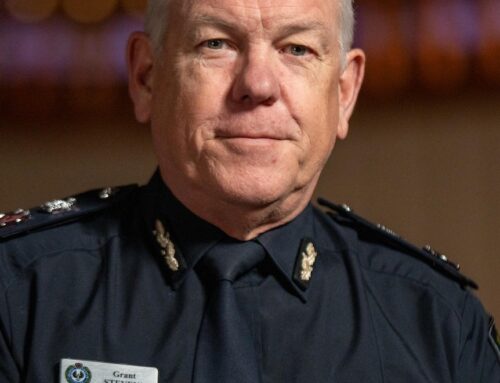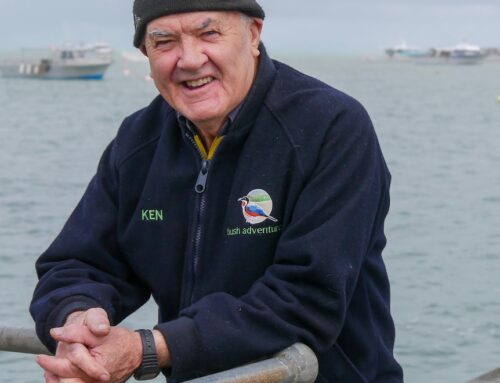Archive experts say images and videos taken of the Murray River flood will provide critical insights for future generations.
Key points:
- Social media pages dedicated to the Riverland floods have been inundated with images
- Archival experts say the images could help local governments plan for future events
- A Riverland historian plans to collate the content
When water levels along the South Australian stretch of the river started increasing in mid-to-late 2022, so too did the number of photographs capturing the changing landscape.
Multiple social media pages dedicated to sharing visual updates of floodwaters have gained thousands of audience members far and wide.
Jacque Zagotsis is the local history officer with Berri Barmera Council and has a keen interest in keeping the region’s history alive.
She has seen first-hand the importance of archived photographic material, with images of the 1956 flood helping to inform local government decisions on flood preparations.
“We had maps of where the flood banks were. We had photographs of previous flood banks and which areas had flooded,” Ms Zagotsis said.
“As soon as the flood event was realised, our council got in contact to see what we had already archived and they were able to use those for this flood event.”
Ms Zagotsis is channelling her passion towards documenting the current flood by collating images from the public to help plan for any future events.
“People have really taken a strong interest in what’s happening in their area and in their environment,” she said.
“By collecting images and reports and documentation of what’s happened in this flood event, we’ll be able to use them for future events as well.”
History through a local lens
One of those behind the camera is Riverland photographer Grant Schwartzkopff.
His images widely circulated and capture the beauty and devastation of the mighty Murray in full force.
“If we can maintain this record in 30, 50 or even 100 years, people will be able to look back and think, ‘That’s what happened in 2022’,” Mr Schwartzkopff said.
“People were saying, ‘Thanks for the update. Thanks for the update,’ but then it began to broaden itself.
“I was hearing it from ex-Riverlanders who now live in Adelaide, Victor Harbor, Melbourne, and a couple who live in Canada.”
Invaluable pieces of the past
State Library of South Australia director Geoff Strempel knows more than most how crucial such records are.
“It’s really important to think about what [flooding] means for historic buildings and other infrastructure, how we look to build back to protect it, but also to record the impact of the flood on the history of towns,” he said.
“There will be planners who will use these records to show exactly what the impacts of high water are.
“It’s keeping those things alive for people, not only photographs, but we want to record oral history as well, capturing the human side of those stories.”




